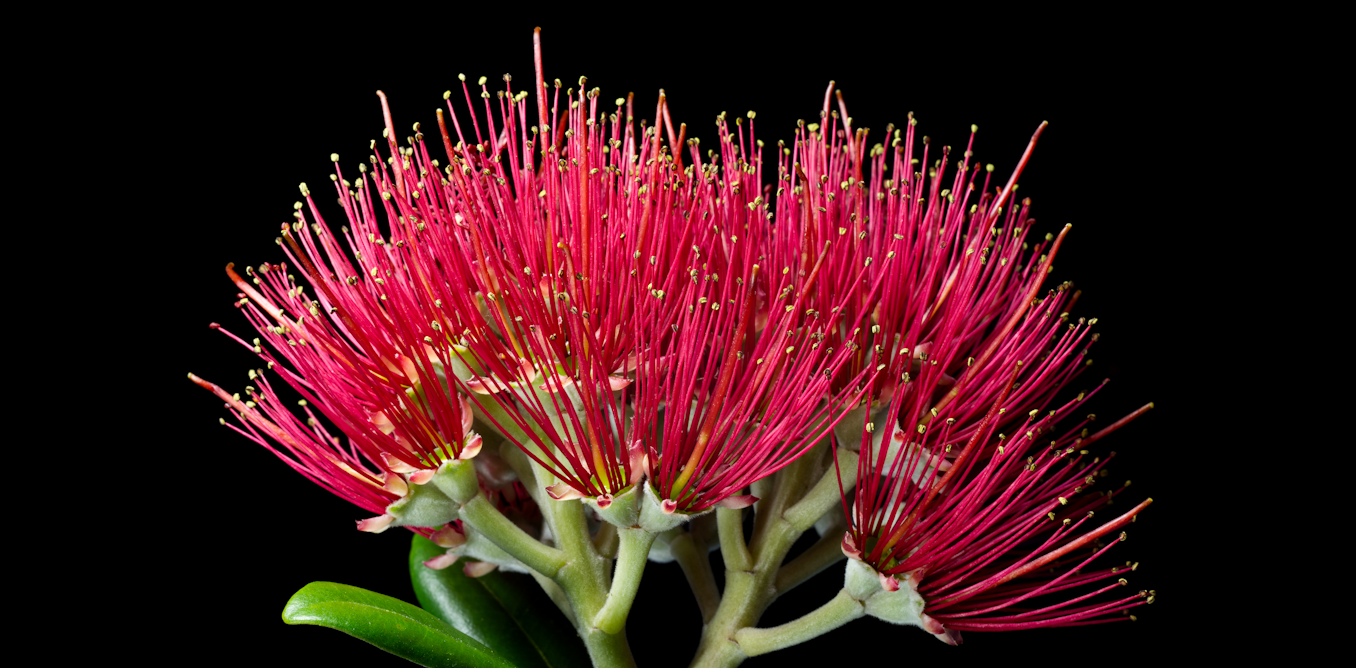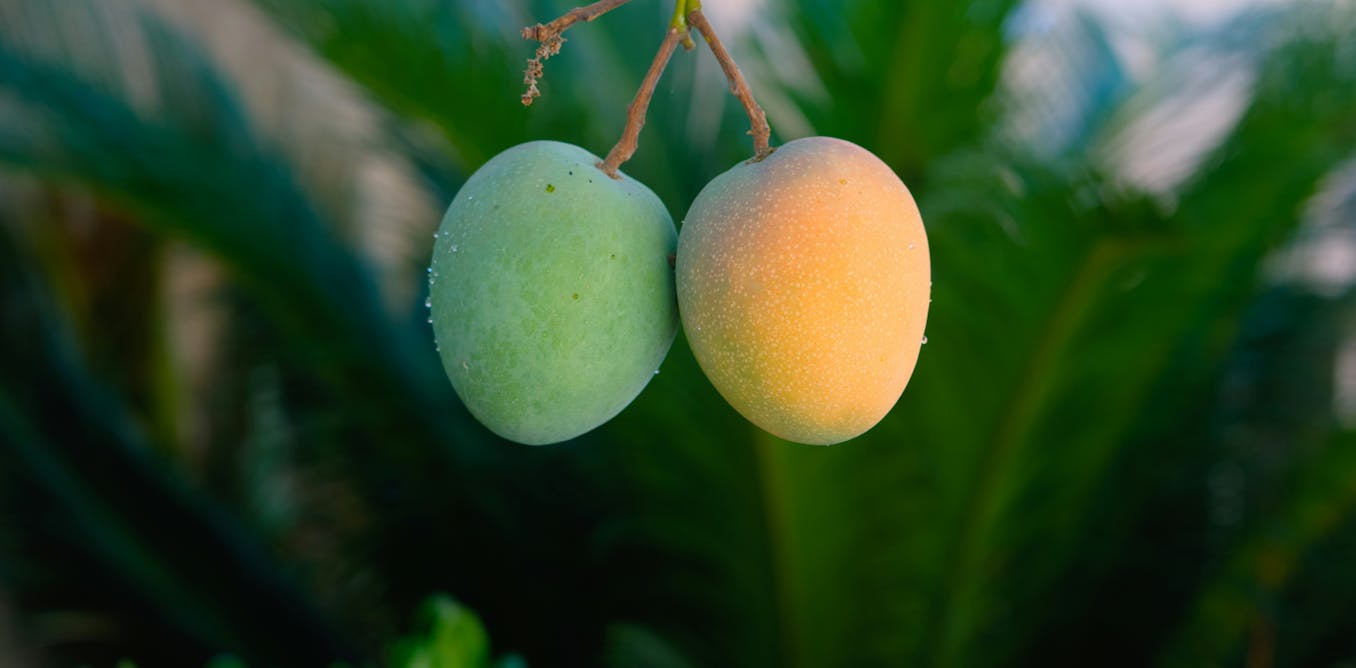How We Preserve Vegetables for Winter — Homemade & Natural 🌶️🥕🥦
Hello, dear friends! 👋 Welcome to our vibrant kitchen where the bounties of nature meet traditional art. Today, we embark on a journey to explore the time-honored ways of preserving vegetables for winter. This isn’t just about food; it’s about honoring the earth, celebrating the seasons, and cherishing the connections we have with our harvests.
The Heart of Our Tradition
In our rustic countryside, preserving vegetables isn’t merely a method; it’s a cherished tradition passed down through generations. We believe in using only the freshest ingredients from our gardens, harvested at their peak ripeness. The joy of stumbling upon a ripe tomato or crisp carrot feels like finding treasure, each harvest a testament to the hard work and love we’ve poured into our land.
The Process: Simple, Natural, and Heartfelt
1. Harvesting Fresh Vegetables:
Our day begins in the garden, where we pick vibrant vegetables—red peppers, juicy tomatoes, leafy greens, and earthy carrots. The colors alone remind us of the sunlight that nourished them, and we feel a deep gratitude for each gift from nature.
2. Preparing and Cleaning:
Once we gather our bounty, we clean the vegetables gently but thoroughly. We use water and a soft brush, ensuring they are free of dirt and impurities while retaining their natural flavor and nutrients. This step is like a warm bath for our veggies, preparing them for their long winter’s sleep.
3. Traditional Methods of Pickling, Drying, and Preserving:
Here comes the fun part! We embrace various methods—pickling, drying, fermenting—each offering unique flavors and textures.
-
Pickling: We slice our vegetables and soak them in a zesty brine made from vinegar, spices, and herbs. Packed into jars, these colorful creations will burst with flavor in the depths of winter, a tangy reminder of summer.
-
Drying: For root vegetables and herbs, we lay them out in the sun, allowing nature to work its magic. As they lose moisture, their flavors deepen, concentrating their essence in a way that delightfully surprises our taste buds.
-
Fermenting: This ancient method brings out the natural probiotics, enhancing both flavor and health benefits. We immerse cabbage and cucumbers in saltwater, letting them ferment in glass jars. Over a few weeks, they transform into crunchy, tangy delights that complement our winter meals beautifully.
The Sweetness of Preservation
As we engage in this labor of love, we feel an immense connection to our roots. With each jar we fill and each batch we dry, we’re not just storing food; we’re preserving memories, sharing stories, and passing down our heritage. Each preserved vegetable holds a whisper of summer and the promise of nourishment during the colder months.
A Sustainable Legacy
In these modern times, it’s easy to forget the beauty of natural preservation. But by practicing these methods, we honor both our health and our planet. No chemicals, no fridges—just pure, wholesome food that is as close to nature as possible.
So, dear friends, as winter approaches, I invite you to join us on this journey of collecting, preserving, and celebrating our beloved vegetables. Let our kitchen become a sanctuary of health, flavor, and tradition—where nothing from our harvest goes to waste.
Let’s come together in this timeless tradition and keep our hearts and bellies full all winter long! 🌱
Watch the video by Kənd Həyatı
Video “How We Preserve Vegetables for Winter — Homemade & Natural 🌶️🥕🥦” was uploaded on 09/24/2025 to Youtube Channel Kənd Həyatı





































Vă mulțumim că am învățat multe rețete de la dumneavoastra❤💐
❤❤❤
Повезло вам жить в таком месте фрукты и овощи все свое
💝
ماشاء الله تبارك الرحمن
That is funny to see the same purple shamrock plant that is on my deck..in Maryland, USA. Nice to see you helping out, hopefully they will share in the harvest…have a great fall season to everyone.
Hola mi amiga del alma que alegría cuando te veo eres un ser de luz maravilloso tus vídeos son de encanto esa naturaleza pura tus tes tus comida es un placer ver tus vídeos y sois unas personas trabajadoras al máximo te siento como si te conociera de toda la vida gracias por tus palabras de animo siempre y tus oraciones no dejes nunca de orar por mi 😢me siento protegida un abrazo de corazón a corazón y un millón de besos llenitos de amor y cariño que Dios os bendiga y proteja siempre te quiero muchísimo ❤️🫂😘😘😘 😘😘😘😘😘😘😘
Salam hər vaxtınız xeyirli olsun inşAllah. Sizləri görməyə bir daha çox şadam mənim əzizlərim. Əzizə xanım həmişəki kimi bişmişlə məşquldu əllərinə sağlıq. Bərəkətli olsun xeyirli işlərdə şirin ağızla yeyəsiz. Gələn video görüşünə qədər. Çox sağ olsun bütün kolektivinizə 🙏❤❤❤
ماشاء الله عليكم وبارك الله فيكم والله أنثم جنة فوق الأرض
Azize ana gozel oldgycun ogluda yakisiklidi❤
Thank you 🎉❤
❤❤❤🙋♀️🌹🌹💐💐🇲🇰🤝🇦🇿❤️❤️❤️
Великолепно! И в этом огромная заслуга талантливого оператора!!!
Πολύ ωραία και πολύ χρήσιμα όλα αυτά που μας δείξατε!!!! Ευχαριστούμε πολύ!!!!🧄🧄🧅🧅🧅🍅🍅🍅🌶️🌶️🫑🫑Και το φαγητό Τέλειο!!!!😋😋😋👌👌👌 Καλό σας βράδυ!!🐦🫒🫒🫒🤗🤗🤗🤗💖💖💖💖💖💖
Hayirli aksamlar olsun eline sağlık canım güzel aile canlar hepinizi optum❤❤❤❤.🤗🤗🤗🎂🎂🍦🍦🍮🍮🍭🍭🍬🍬🍬🐕🐕🐶🐶💟💟💔💔.
So satisfying to watch — the crisp sounds of washing veg and the warm glow of the kitchen fire. Thank you for preserving traditions 😊❤
Обязательно балуйте вашу маму подарками, она это заслужила ❤❤❤❤❤
Amo este vídeo pois já começa mostrando decorações linda e de ótimo gosto
Мне ворона жалко стало. Неуютно ему по соседству с сойками.Куда девалась задиристость и любопытство.😢
Que pimentões lindos
Удивительная женщина, самый красивый цветок в это раю
Все прекрасно,во все вложено много труда, а особенно когда Азиза крутит мясорубку. Купите ей пожалуйста электромясорубку , облегчить её труд и пожалейте ее. Она как пчёлка только всего делает. Молодец. Дай Бог ей и всем кто трудится на земле здоровья.
مشاء لله
Всё же столько овощей лучше перекручивать на электрической мясорубке . От механической будет болеть правая рука . Свет в домике есть , провести удлинитель и проблем нет. Здоровья рукам Азизы ❤
Новая птичка появилась , похожая на сойку . Птичий двор пополнился 😊
ام مازن وحشتني كتير انت والجميع واتمنى ان تكونو جميعا بخير فيديو جميل كالعاده
Selamlar Türkiye'den.Güzel kedilerin kendilerini temizleri çok hoş.Kuşun üzüm yemesi.Sizlerin iş için koşuşturmanız.Çiçekler herşey için Tşk.ler.Değerli aile.Sos burda bizdede yapılır.Özellikle kahvaltıda kızarmış ekmek üstünde çok güzel olur.Emeğinize sağlık herşey için.Kucak dolusu sevgiler.🧿
❤❤❤❤
Aspetto con piacere i nuovi video, siete come dei "parenti " che mi fa piacere vedere. Vi auguro ogni bene, grazie!
السلام عليكم ورحمة الله وبركاته
حفظكم الله ورعاكم وملأ قلوبكم طاعة وإيمان
ما تنسوا شكر نعم الله عليكم يا احلى فناني طبخ ونظام وتصوير🌹👏🏻
هذا من فضل الله عليكم
الله يحفظكم أينما كنتم🤲💐
سلام عليكم تحية طيبة لكم جميعا 😊
صلو على حبيب مصطفى صلى الله عليه وسلم
Красивый у вас сын ,Азиза, на вас похож
Este pássaro é sortudo desfruta das delícias da natureza
من افضل قنوات ❤
Kuranın cehennemdekilerin cennetekileri izleyecegini söylediği ayet geldi aklıma
Sizi izlerken etrafimiz her taraf bina ve siz sanki cennetesiniz maşaAllah la guvvete illa billah
Много обичам такъв фасул.
السلام عليكم وعلى أرضكم الطيبة تحياتي من القلب اليكم جميعا نفسيتي ترتاح وافرح عند رؤيتكم أدام الله عليكم الامن والصحة ❤من الجزائر كل الحب ❤الى اذربيجان ❤🇩🇿💐
A quiet and wonderful life, my mother always follows you, I wish you success and continuity, greetings from Morocco❤❤❤
So awesome 👌 Thanks for your beautiful video 🥰🌸🙏
Ваша окружающий мир красота, мне нравится.
Que frutinhas são essas que oh senhor está apanhando
ابنكم وسيم للغاية ، كلما نظرت إليه تذكرت مسلسل حريم السلطان وتخيلته أحد قادة العسكر في زمن السلطان سليمان ، لابل وأكثر فهو يصلح أن يكون السلطان سليمان بذاته❤
Your videos never disappoint!! ❤ They are professional and not a single word is spoken, but no need for words when you prepare such beautiful content. I love to watch your videos, they bring me back to my roots and I adore the way animals are included as part of an amazing lifestyle. On one video, not long ago, I saw your mom patting the cow after milking it, gentle, respectful, beautiful way to thank nature for providing for the family 🥰
O seară frumoasă cu sănătate numai bine am venit de la mine si sint în altă parte dar mulțumesc bunului Dumnezeu sint binișor sănătate la toți Doamne ajută putere Ginduri bune ❤❤❤️🇦🇿💐🇹🇩💖🌹💐🎇
Amiraslan,
thank you for your professionalism, for the respect you show to every viewer, and for your consistency in sharing new videos every three days – never late. It’s clear that you put your heart and dedication into your work, and the warmth of your family and the respect you show to your parents make your channel even more valuable and special. Please continue to inspire us with your effort and creativity.